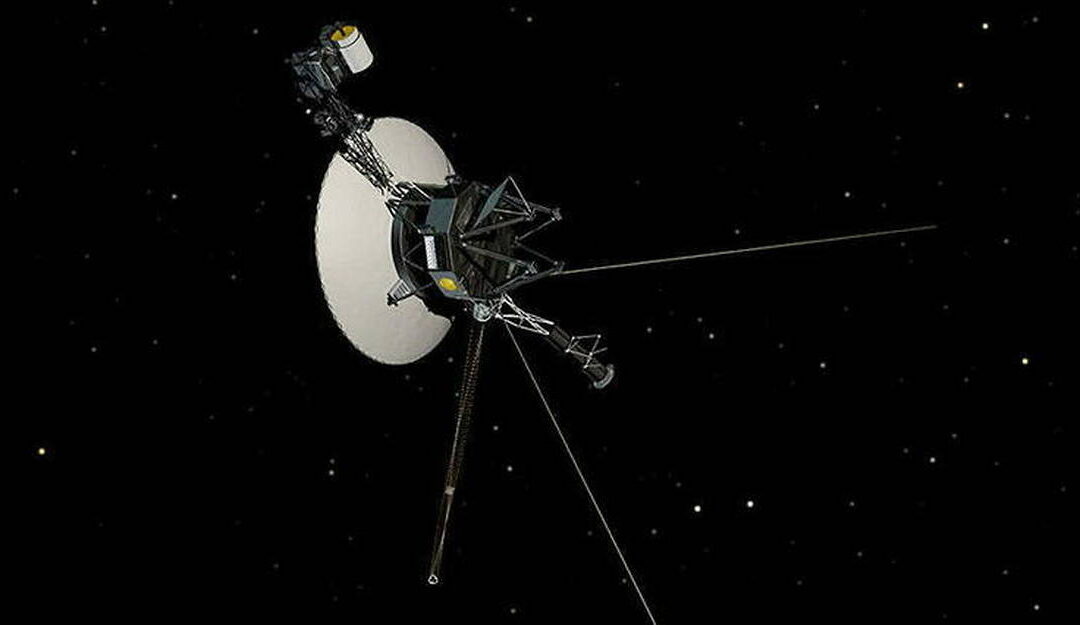Since their launch 46 years ago, the Voyager 1 and Voyager 2 probes have completed an extraordinary journey that has taken them well beyond our solar system. Initially planned for a four-year mission, their continued exploration was made possible thanks to successive extensions. Recently, NASA decided to extend this historic journey by making two crucial software updates.
The first update aims to prevent clogging of thruster fuel systems, which are essential for maintaining the orientation of probe antennas towards Earth. Over the years, repeated use of these thrusters has left residue in the system, threatening to block the circuits. To solve this problem, engineers recently sent commands to the probes, changing the frequency of thruster firings to make them less frequent but longer. This strategy, implemented in September and October, is accompanied by a modification of the position drift margin relative to the Earth, thus broadening the possibilities of communication. Although this change results in temporary data loss, it promises to optimize data reception in the long term.
The second update, carried out on October 20 on Voyager 2, aimed to correct a bug in the probe’s antenna orientation control system, called AACS (attitude articulation and control system). Currently nearly 20 billion kilometers from Earth, Voyager 2 requires approximately 18 hours to receive a command. If this correction proves conclusive, it will also be applied to Voyager 1, which is approximately 24 billion kilometers from our planet.
Suzanne Dodd, Voyager project manager at the Jet Propulsion Laboratory, describes this update as an “insurance policy” that ensures the future protection of the probes and extends their operational life. With these technical improvements, NASA plans to keep these pioneers of space exploration active for as long as possible, providing new opportunities for humanity to unlock the distant secrets of the universe.

